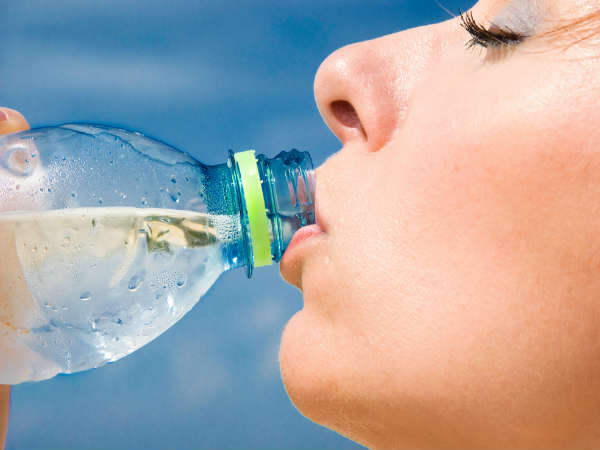Access to safe drinking water is a right of any individual. Water is a prerequisite for survival. Fortunately, this right to access is protected by regulations at the federal, state, and local level. Ensuring that water is available and safe for human consumption is a function performed under the Safe Drinking Water Act.
The Safe Drinking Water Act (SDWA) and other laws set the different minimum safety standards and response measures to reduce the risk of water contamination and its adverse effects. Despite the existence and enforcement of such laws, it is still important that you understand the laws, risks, and liability involved in the event of contamination or hazard.
What is the Safe Drinking Water Act?
The SDWA, passed in 1974 and updated in 1996, is the federal law which covers the public drinking water supplies all over the country. Under this law, the Environmental Protection Agency (EPA) sets and enforces standards related to drinking water quality. The EPA also develops and implements different technical and financial programs with partners.
The SDWA covers public water systems, which source water from both surface water and groundwater. There are around 150,000 public water systems serving over 300 million people in the country.
Under this Act, community water suppliers are required to provide an annual report to its customers. This report would include information on local drinking water.
What are Drinking Water Contaminants?
Drinking water contaminants are identified by the EPA as those which can pose as a hazard to health. These harmful contaminants include those which lead to:
- Gastrointestinal illness
- Reproductive problems
- Neurological disorders
- Cancer
Young individuals, pregnant women, and the elderly are at a particular risk to waterborne disease-causing contaminants.
For example, in Flint, Michigan, high levels of lead in the water supply caused health problems such as abdominal pain and cramps, sleep problems, fatigue and kidney dysfunction. Lead poisoning can also cause developmental problems in children. Other carefully screened sources of disease include Giardia, Legionella, Norovirus, Shigella, Campylobacter, Copper, and Salmonella.
In order to protect public health, there are regulatory limits set in place for the allowable amount of contaminants in public water systems.
Making sure that these contaminants are not in your water supply is a function of the EPA working with states, local governments and water suppliers.
Sources of contaminants include:
- Runoff from agricultural production
- Naturally-occurring chemicals
- Manufacturing facilities
- Sewer overflow
- Malfunction in wastewater treatment
How Can You Address Concerns about Drinking Water Safety?
If you have concerns about the quality of your public drinking water supply, you can have your drinking water tested by a state-certified drinking water laboratory. You can also contact the EPA.
When it comes to liability in the event of injury, there are opportunities to hold people liable through legal means. But because there are different intersecting entities which work to comply with the SDWA, and because of the complicated nature of contamination liability, it is recommended to contact a personal injury attorney to assist with the case.
Written by Kellie Bertels, an attorney at Bandre, Hunt and Snider in Jefferson City, MO. Bandre, Hunt and Snider are the best attorneys Jefferson City MO have to offer.
















